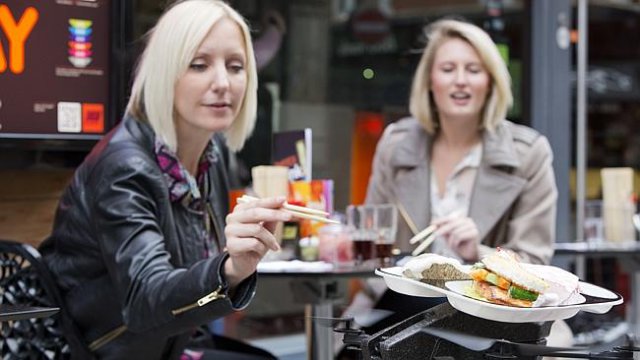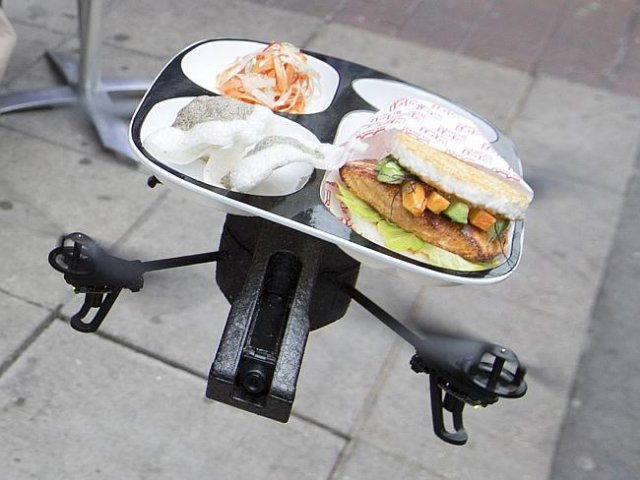Flying drone waiters, already a burgeoning trend in Asia and parts of the UK, could be headed to Australian restaurants as 3D robotic technology zooms into the hospitality industry.
Whizzing from kitchens to tables with drinks and plates of food on board, the new wave of autonomous drones are being seen as a legitimate alternative to human waiters thanks also to a loophole in civil aviation laws
Normally restricted from coming within 20m of people outdoors in line with Civil Aviation Safety Authority (CASE), flying drones are not bound by the same laws when flying indoors in Australia.
And it’s a technicality that local restaurants could take advantage of as drone waiters shape as a cost saver — and an effective gimmick.
Unmanned drones, directed by vision positioning systems, have already hailed as a success in Singapore and London with several Sydney restaurateurs exploring the options of the futuristic food servers.
 Balmain Pub Group boss Nick Wills, who counts the Greenwood Hotel and the Charing Cross Hotel in his pub stable, is set to trial one at one of his five venues.
Balmain Pub Group boss Nick Wills, who counts the Greenwood Hotel and the Charing Cross Hotel in his pub stable, is set to trial one at one of his five venues.
“When I first heard about them I thought that it was something that could potentially dehumanise hospitality a little bit but now, having looked into it a bit deeper I think it’s something I will definitely consider,” said Wills, who noted staff labour was the No. 1 cost for hoteliers and restaurateurs.
“So you have to think well this is, at the very least, worth a look,” he said.
Drone expert Paris Cockitis, of Australia’s largest drone retailer Sphere in Alexandria, said the reality of a food delivery robot in restaurants was a matter of time.
Currently the international drone waiters being used are quadcopters, drones that retail at around $1200 that can reliably ferry food and drinks.
“And if you think about eight quadcopters at around $1200 or $1500 each … that’s a significantly lower cost than employing a full-time waiter on around $40,000 or $50,000 per year,” Mr Cockitis said.
Sydney chef Matt Moran dismissed drones as a fine-dining option but said: “If I could walk into a Japanese place and sit down and have my dinner delivered by a robot within a few minutes … most definitely.”
And with the rapid gains in technology, quadcopter drones complete with guidance systems sensory awareness — the ability to detect their surroundings — are expected to enter the market in coming months.
“It’s unbelievable what is happening now,” Mr Cockitis said.
“If you go back 20 years it’s hard to imagine living with computers but look how far we’ve come since then.’’
Photos: Reuters/Neil Hall; Troy Snook
Source: The Daily Telegraph


